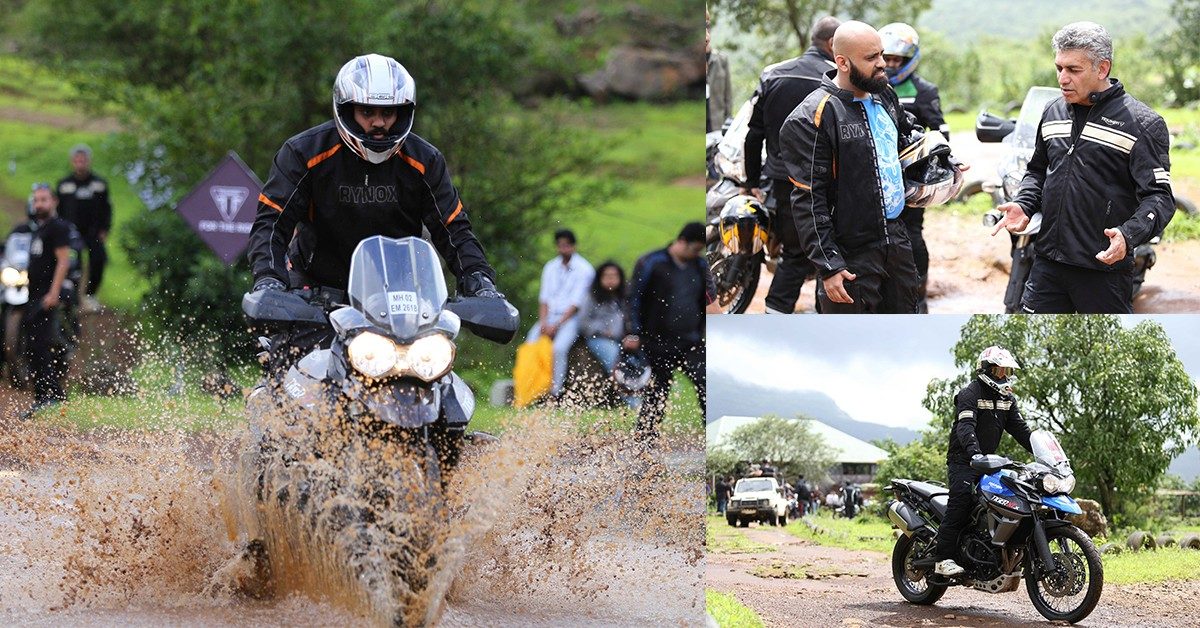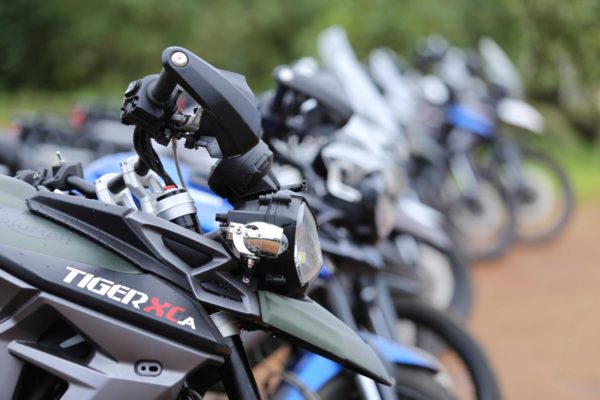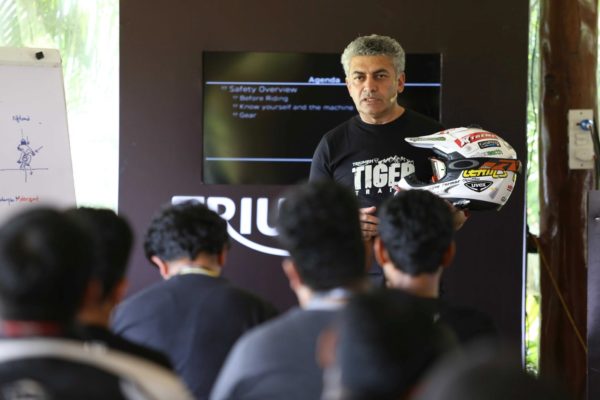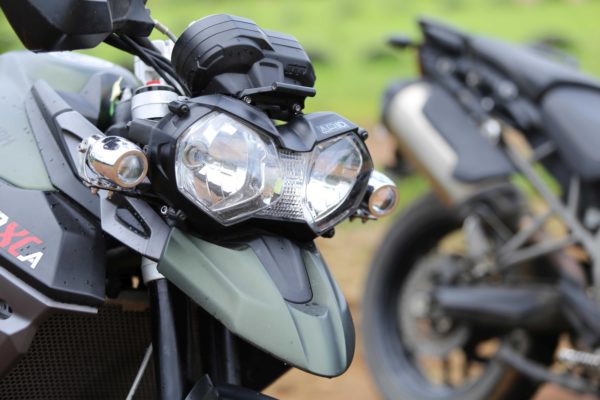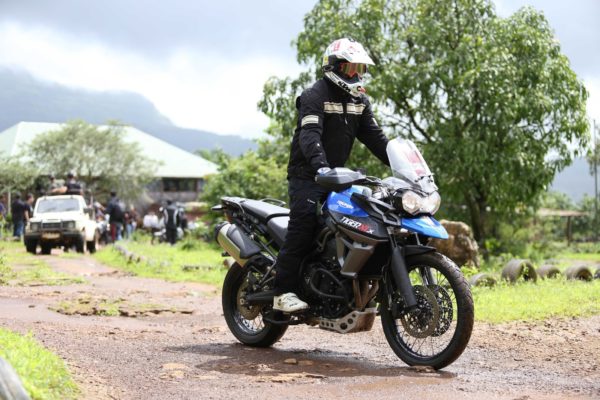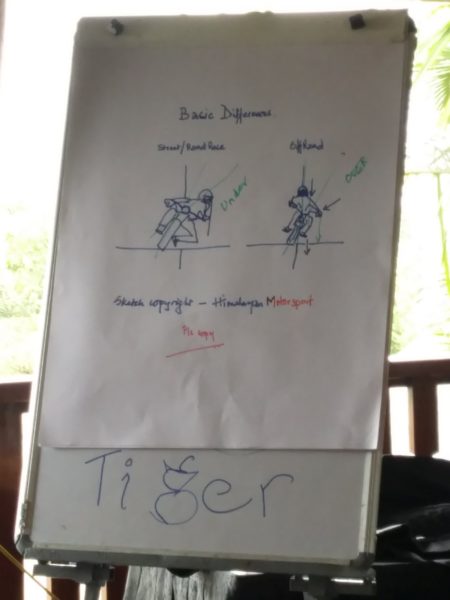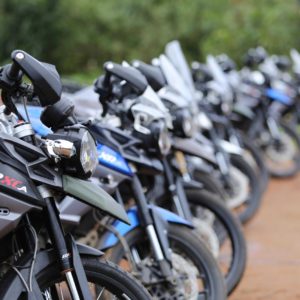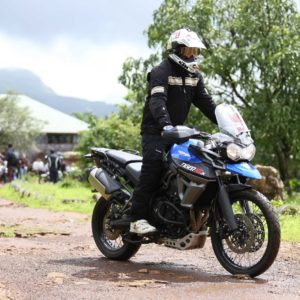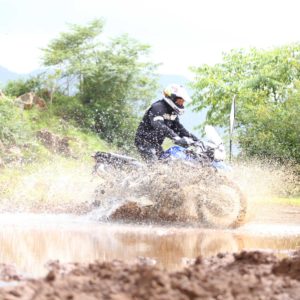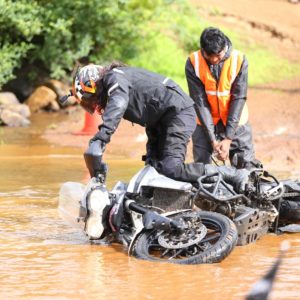Every motorcyclist should try his hand on trail motorcycling. It gives a better sense of control; you get comfortable with the rear sliding out and learn ways to be in command of the motorcycle. You’d find most of the professional racers, even MotoGP riders, including Valentino Rossi going sideways on his private race track in Italy called The Ranch or Rossi’s Ranch to hone his skills for the blacktop.
I’ve been lucky enough to take a few adventure tourers out for a spin, on- and off the tarmac. The Kawasaki KLX140 was probably the most intense trail riding experience I’ve had before being invited for the Triumph Tiger Trails. Triumph Tiger Trails Academy is for the lucky few who own Triumph Tiger motorcycles. Luckily for us journos, we didn’t have to buy one to be qualified for the media-exclusive ride experience. Unfair? Probably. But if it’s of any consolation, we (people from blog-o-sphere) don’t make much money so we can enjoy a few perks.
Our trainer for the ride experience was off-roading guru Vijay Parmar of Himalayan Motorsport who very kindly took time out for the academy from of his tight schedule. With decades of experience under his belt, Mr Parmar guided us with tips on off-roading before we kicked-off the ride experience. So what do you do before you head out into the wilderness?
To start off, check your motorcycle. Inspect crucial elements such as the tyre, brakes and electricals. Clean and lube the chain properly before heading out. Check the oil and coolant levels and top them up if required. A proper riding gear is important, especially while going off-road as the chances of you crashing are more. Your gear must comprose of a DoT / ECE certified full-face helmet (preferably a motocross helmet), mesh jacket, gloves, riding pants, and full length motocross boots. Keeping yourself hydrated is important so make sure to get yourself a hydration backpack with a decent water storage pouch.
Then there are bits that may not be mandatory, but can come really handy. The Wrist ID Tags & Bands, for example, can provide crucial information about the rider’s name, emergency contact, blood group and medical conditions. Mentioning your blood group and emergency contacts on the helmet is a good practice too. Lastly, keep your emergency contacts as your smartphone’s screensaver (at least during rides) so that you family and friends can be contacted without the need of your device password. Off-roading is serious business so it’s always a good idea to tag a friend or two along while venturing on the beaten path.
With the safety briefing and riding tips out of the way, we headed out to explore the specially-designed trail on foot to understand the terrain. The training comprised of manoeuvring, water-wading, riding on incline surfaces and through muddy terrain. Unlike tarmac, off-roading involves a different style of riding. So instead of leaning into a turn, as you’d do on a regular day around a canyon, you’d have to take your body on the opposite side of the lean. Here’s a graphic that’ll help you understand the technique – left is for road/track riding while right is for off-roading.
A relaxed riding posture and a soft grip on the handlebar is crucial so that you don’t end up pulling the accelerator and crash into nearby objects. So instead of gripping the motorcycle with your hands, use your legs to hold on and make changes in the directions. Lastly, going uphill, especially on soft ground, requires you to shift your weight at the rear for improved traction. All you have to do is shift towards the pillion seat and gradually accelerate.
Here’s what happened at the Tiger Trail Academy
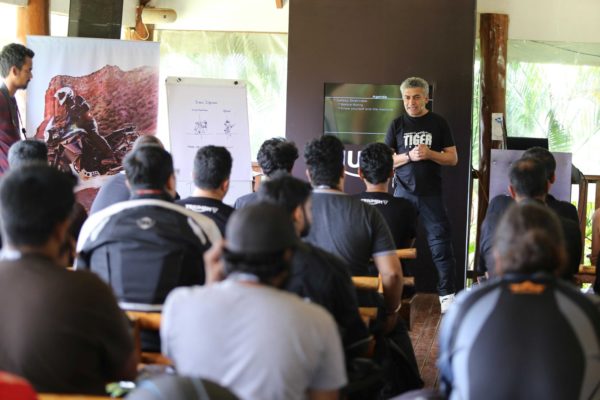
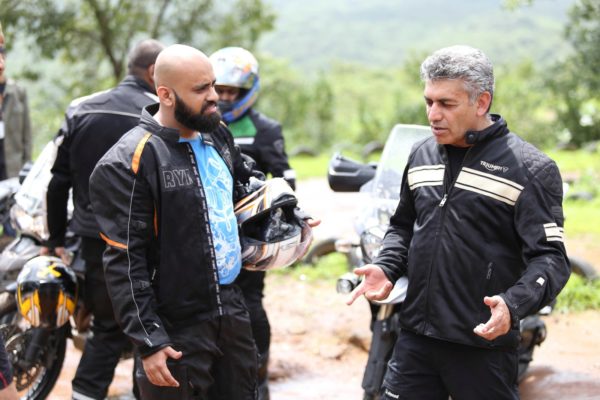
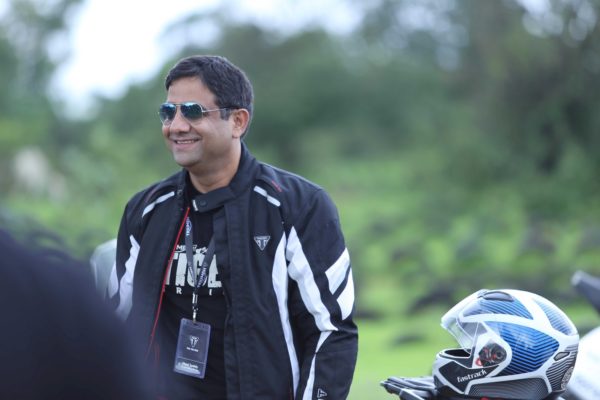
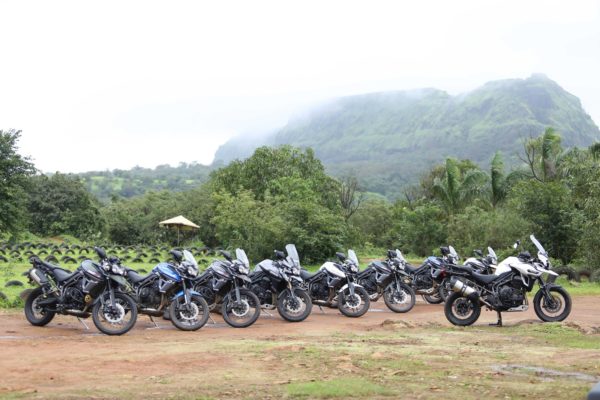
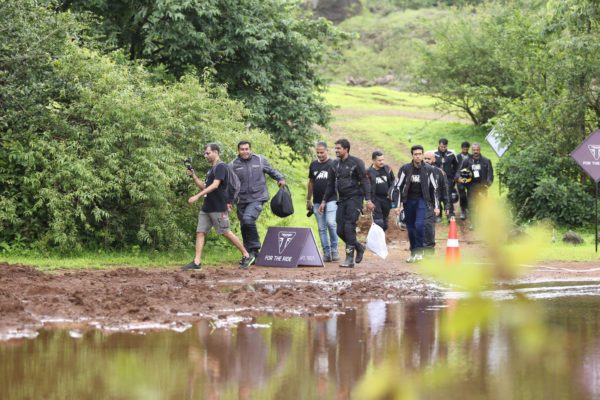
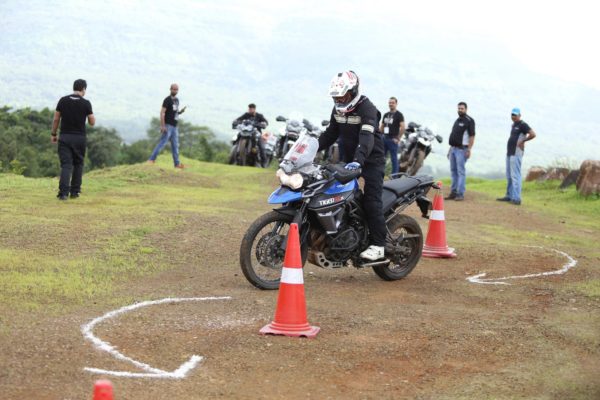
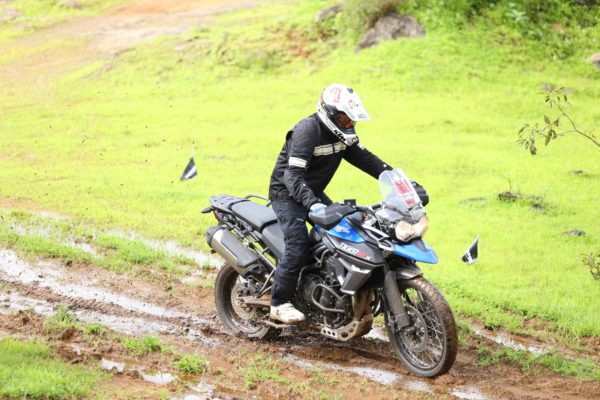
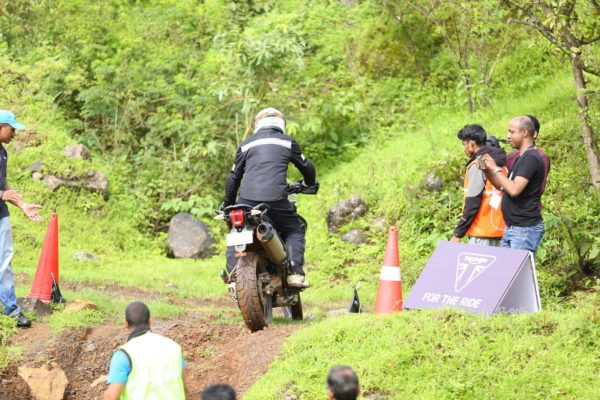
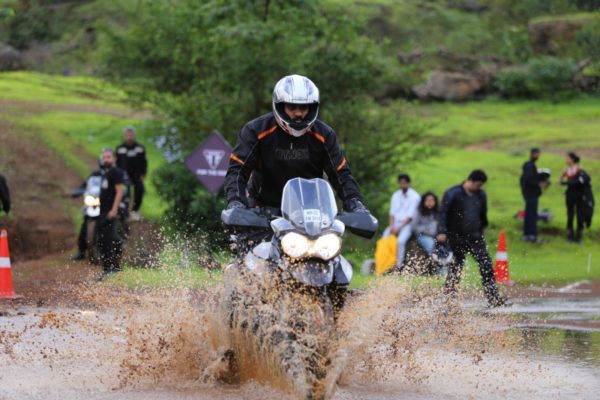
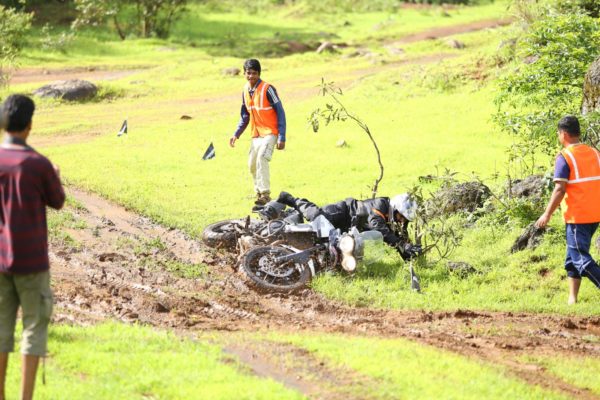
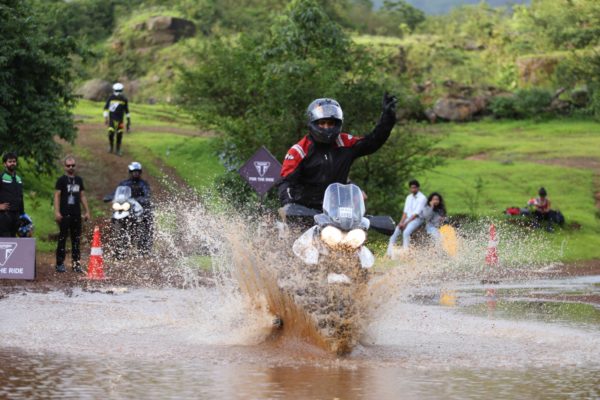

We’ve had a fun time at the Tiger Trails and would love to do it again! Here are some more images from the ride experience. Do share your views through the comments section below.

